Fernando Alonso: McLaren driver was travelling at 134mph
- Published
I'm completely fine - Alonso
McLaren's Fernando Alonso lost control at 134mph in the testing accident last Sunday that left him with concussion, BBC Sport can reveal.
Data seen by teams indicates the Spaniard attempted the Barcelona track's Turn Three faster than on his previous lap, which was his fastest of the day.
A senior insider told BBC Sport the information suggested there were no suspicious circumstances to the accident.
"It looks like he simply went into Turn Three quicker and ran wide," he said.
Alonso said on Friday he was "completely fine" and was keen to get back in the car.
Speaking in a video message on YouTube,, external the double world champion said he had wanted to test in Barcelona this week but had been advised by doctors to rest.

Alonso was airlifted to hospital in Barcelona after the crash at the Circuit de Catalunya
It was the first time Alonso has spoken in public since spending three days in hospital following the accident. He was released on Wednesday and is recuperating at home in Oviedo.
The 33-year-old added that he would be back on track "very soon".
McLaren released a statement on Monday saying that Alonso had run wide on entry to the corner, the car's wheels had touched the slippery Astroturf on the outside of the circuit, and the car had lost and then regained traction, which had spat it back across the track, where it hit the wall.
They said they believed the accident had been influenced by strong, gusty winds, which destabilise F1 cars, and which Alonso had been complaining about throughout his running up to that point.
Ferrari's Sebastian Vettel was following Alonso at the time and said last Sunday that the accident looked "strange".
He said on Friday: "I'm not sure what happened. I was right behind but didn't really see. I was a bit too late and couldn't see how the accident started. I only saw the last bit when he was hitting the wall, but what happened before I can't judge whether he lost the car with the wind or not."
The information on the speed Alonso was doing when he lost control - 215km/h (134mph) - has come from GPS data available to all the Formula 1 teams. This is about the speed an F1 car would be expected to be doing at this point on the track.
It is not clear at what speed he hit the wall.
The accident appears to be very similar to one experienced by Lotus driver Pastor Maldonado in qualifying at the Spanish Grand Prix last year.
There remains doubt about whether Alonso will be fit to take part in the first race of the season in Australia on 15 March.
He said in the video: "As you can see I'm completely fine. I would like to be in the test this week in Barcelona but the doctors' recommendations are to wait a little bit, a couple of days.
"But I will rest this weekend and give you updates next week with progress and see you very soon on the track and thanks for all the support."
McLaren reserve driver Kevin Magnussen is standing in for Alonso at the final two days of the final pre-season test this weekend.
Governing body the FIA is looking into the causes and consequences of the accident to try to learn lessons about safety in the future.

Electric shock, abnormality or out of control?
"There have been numerous theories expounded about what might have happened to Fernando Alonso to cause his accident," writes Andrew Benson.
"Among these were that he lost control because he was incapacitated in some way, whether by electric shock or some physical or mental abnormality.
"McLaren have said their data shows there was no malfunction in the car of any kind.
"It has still not been explained how Alonso was able to brake and change down the gears but not steer to avoid hitting the wall.
"But the speed at which the accident started suggests it was a straightforward matter of the car being out of control.
"Alonso's doctors will be monitoring his recovery closely, and he will need to pass a medical test by governing body the FIA before he is allowed to race again."
- Published27 February 2015
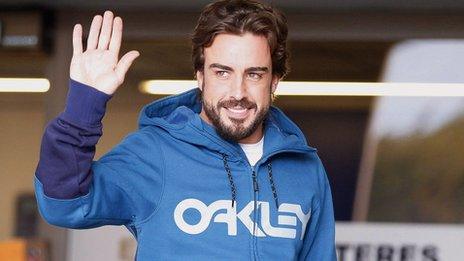
- Published27 February 2015
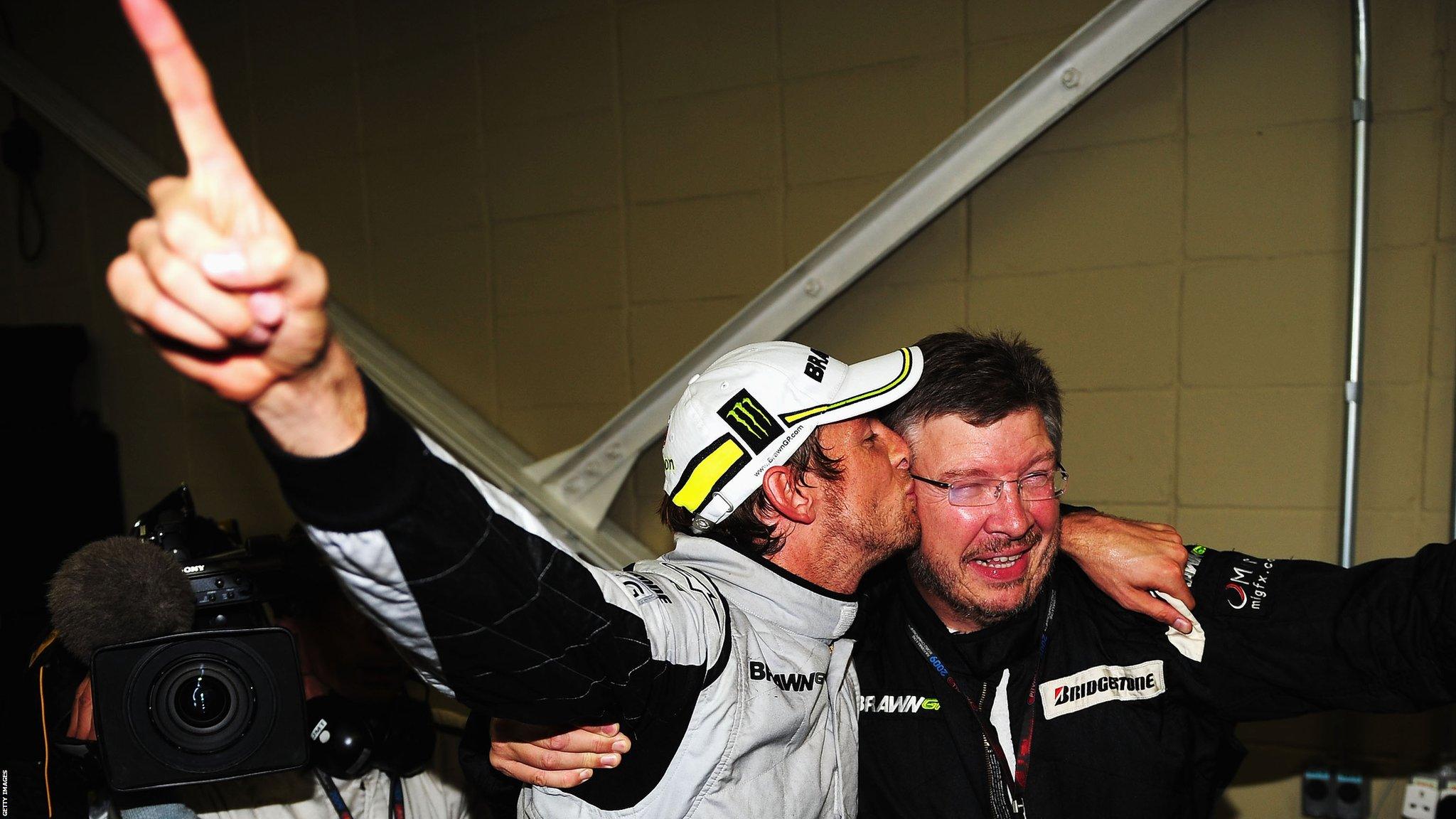
- Published22 February 2015

- Published27 February 2015
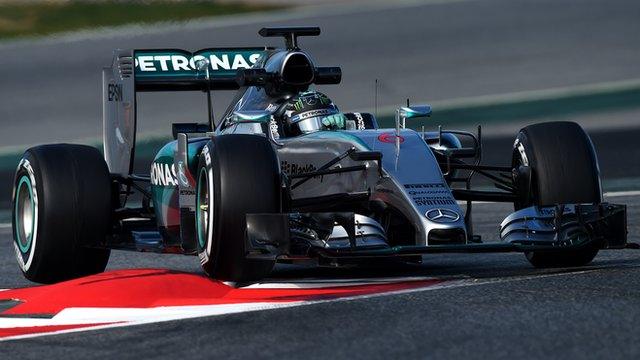
- Published27 February 2015
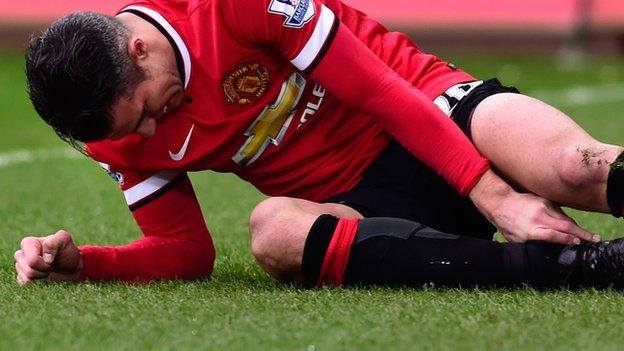
- Published26 February 2015
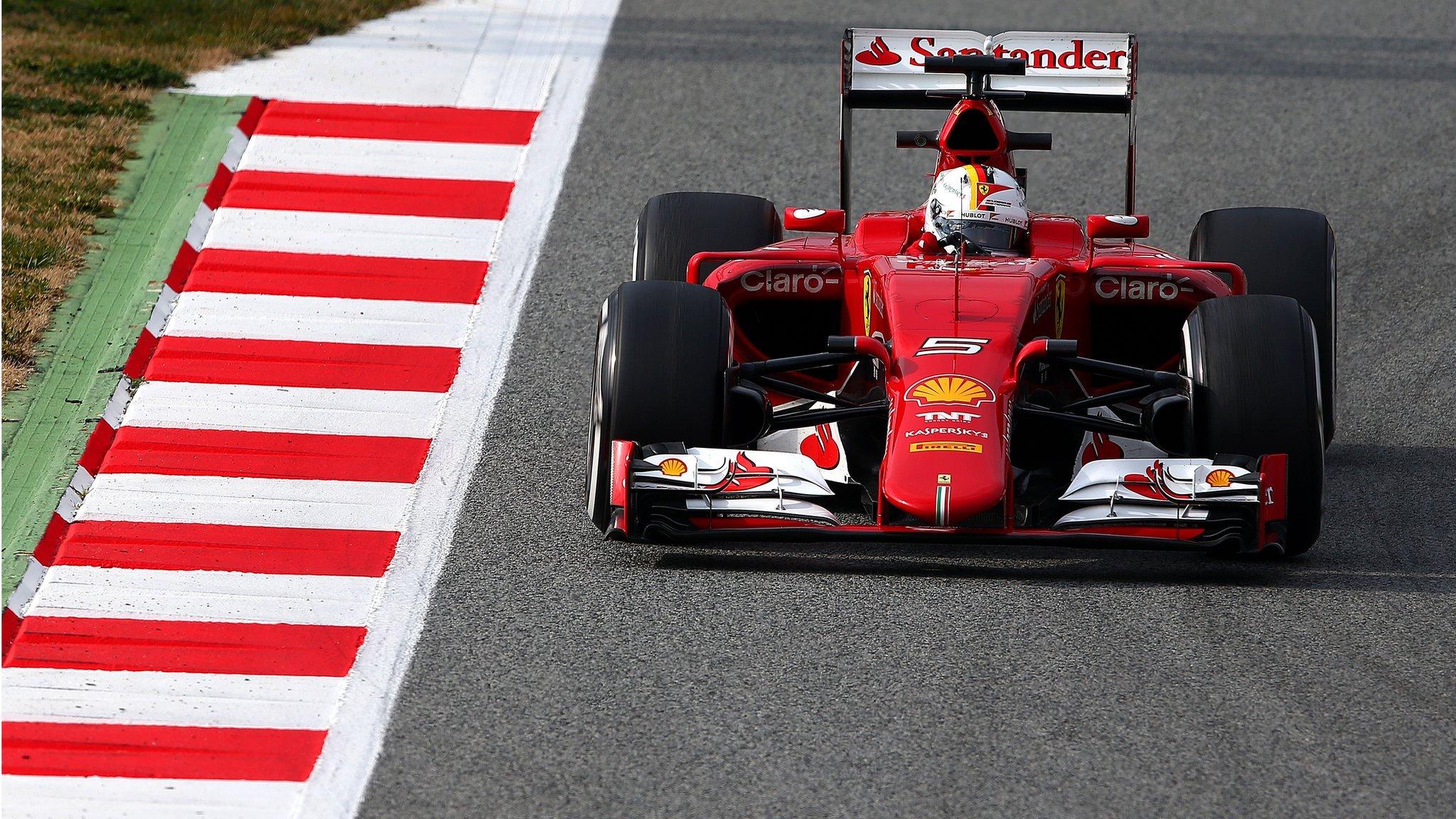
- Published27 February 2015

- Published27 February 2015
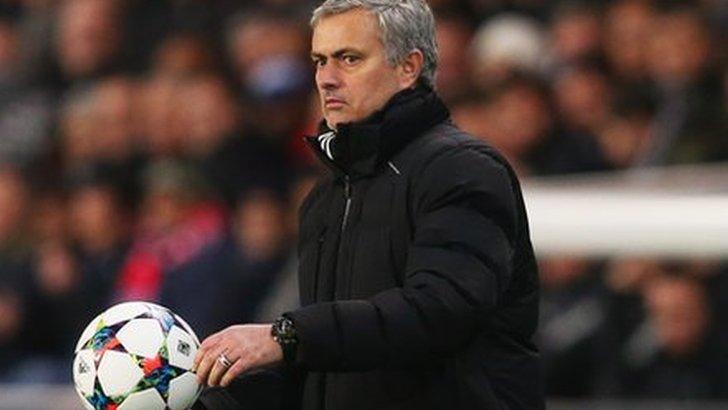
- Published18 December 2015

- Published2 November 2018

- Published26 February 2019
